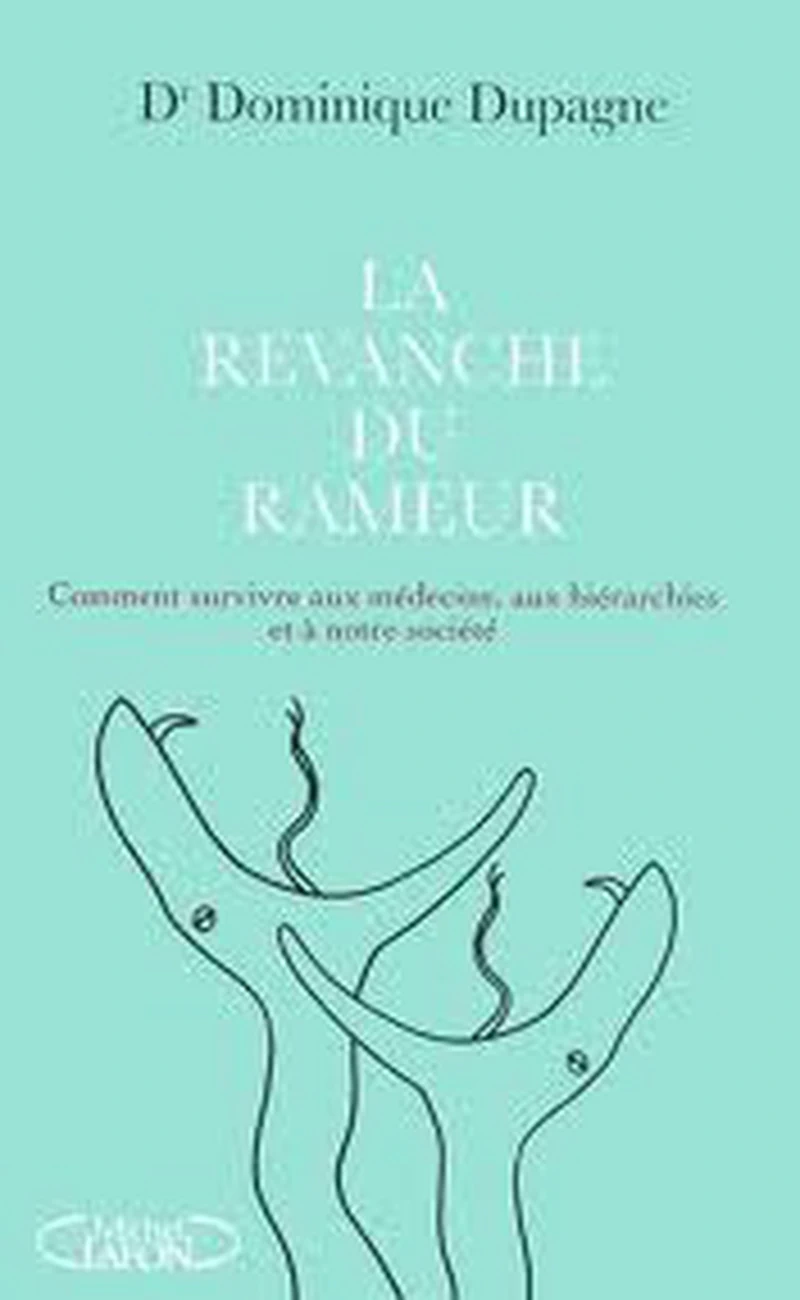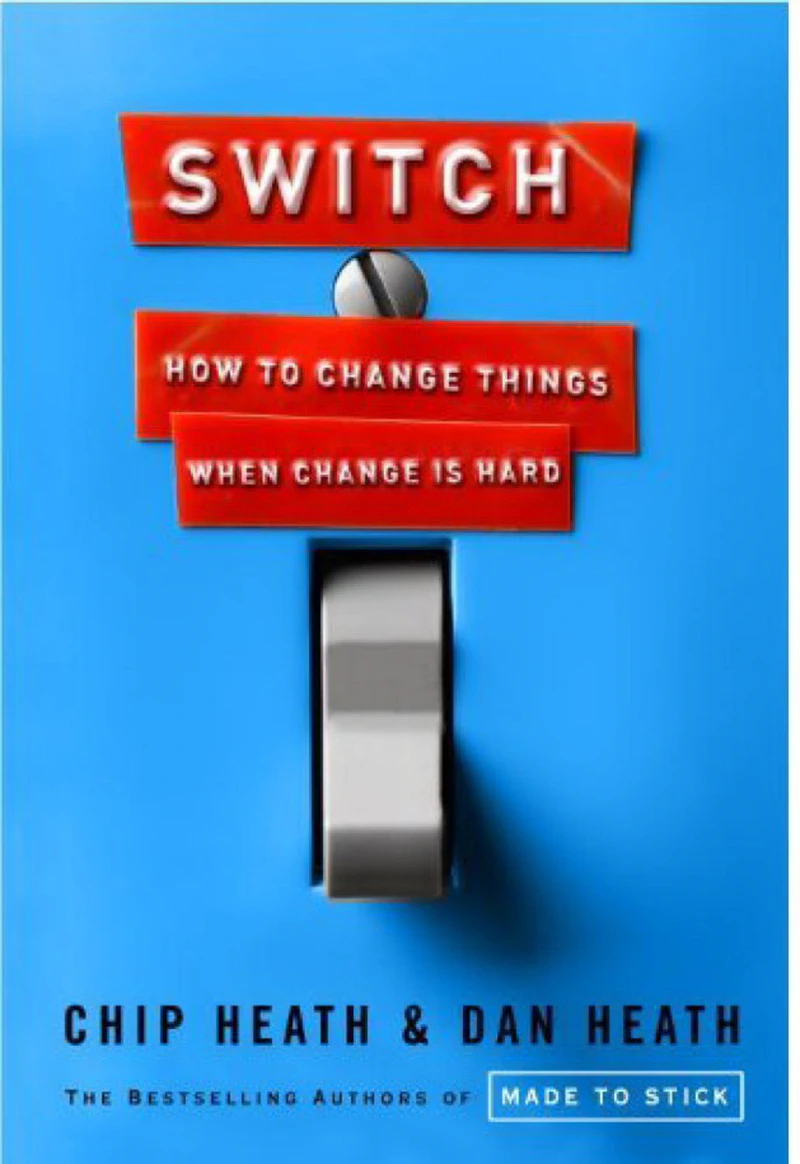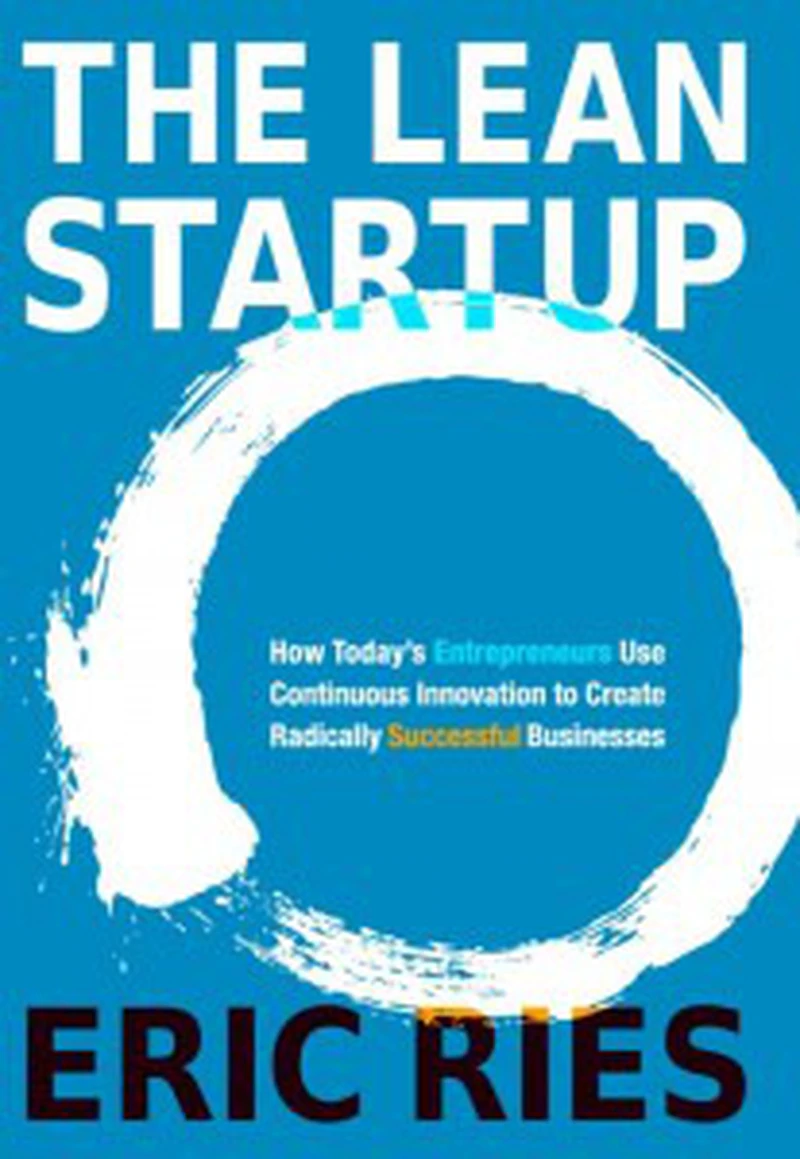Some thoughts on readings from this fall and winter. A very fine vintage in my view. Four books (at least the first 3 in any case) that I’ll be recommending for a while I think: “La revanche du rameur” by Dominique Dupagne, “Switch” by Chip & Dan Heath, “Lean Startup” by Eric Ries, and finally “Process Communication” by Gérard Collignon.
La revanche du rameur, Dominique Dupagne, 2012

It was following the publication of this first article on the horde agile that I was led to read this book by Dominique Dupagne (serendipity therefore, here’s a reason to keep a blog). Indeed, right in the middle of a meal at Agiles Games 2013, Caroline (Damour, @CarolineDamour) calls out to me: this little article echoes Dominique Dupagne’s book. The same one she had in front of her for years during her work (and the same who will give a short but judicious keynote at Scrumday this year, covering the main principles of this book). Indeed the book denounces the excesses of the Kafkaesque empire in which we lock ourselves (think Brazil, Terry Gilliam). It calls upon our ancestors the homo sapiens to remind us of common sense. I’m currently making the same argument, and no I did not plagiarize Dominique Dupagne. It’s just an idea that’s neither new nor very original (which doesn’t detract from its potential quality), that regularly comes back to the forefront: let’s not forget where we come from. Without sinking into conservatism.
Anyway, back to the book: very interesting and very accessible. It highlights very well the excesses we must now fight against: all these laws, these phantom quality assurances, these mandatory protocols, in short all the heavy burden of conventions that fossilize us. And, surprise, he quotes the entire agile manifesto as an act of hope. So this is a book you can distribute around you to explain what you do (agilists) in everyday life and henceforth avoid the incredulous looks from your loved ones. Dominique Dupagne concludes his work by evoking something like sociocracy. It’s less striking than the beginning of the book and convinced me less. It’s a projection toward the future, which perhaps lacks a tad of risk-taking. To conclude, a very very good book, which I warmly recommend.
ps: The closing keynote of Scrumday 2013 was delivered by Dominique Dupagne, did you like it? It’s the content of his book that was presented, nothing more to say.
ps2: Impossible to find it in bookstores (it’s sold out), you’ll have to buy the digital edition (to make you grumble: Dominique Dupagne was kind enough to send me a paper version so I could chew on it as a homo sapiens would do… which I/we am/are).
ps3: Dominique Dupagne regularly cites Laborit (La nouvelle grille) and Morin (Introduction à la pensée complexe). Both works are now on my bedside table: it’s the web of the network of thought.
in French.
Switch, Chip & Dan Heath, 2010

Here too I was amazed. The Heath brothers offer a small, very inspiring work on the ability to change things. To summarize, a very convincing metaphor: that of the elephant and its rider, this metaphor represents us, we are a rider and an elephant. The rider represents the cerebral part, reasoning, the elephant the instinctive, animal side. If the elephant is attracted, really attracted, by a chocolate bar for example, it’s difficult for the rider despite all his assets to make him change his mind (show the way to the elephant, convince the rider, etc.). This metaphor, brilliantly illustrated and explained in the book, works very well. How to reconcile what the rider wishes and teach the elephant to engage more naturally in the same path. There, I’m selling it very poorly. Tell yourself that it works well.
Second important idea of the book: big changes come from small changes. Small changes, big effects. We take the precepts that allow us to lead the elephant (show an obvious path, give a precise goal), and we apply it to things that are perhaps minor but will grow. For a year or two, I’ve been convinced of this (small changes, big effects), and this book comes as a closure, an acknowledgment, of this internal reflection, in a brilliant way.
To read therefore…
in English.
Lean Startup, Eric Ries, 2012

A delightful book: you savor it. A book that makes you want to launch a startup the very next day, even as a bluff… A book perfectly suited to Silicon Valley startups, less so to our French ecosystem. Fascinating nonetheless. Revalues numerical indicators that we had -with good reason- ejected from our projects. But not the same indicators: indicators fiercely anchored in reality (thus leads to rethinking indicators). Brings feedback cycles to their most accurate expression, like breathing, we build, we show, we learn, if you stop breathing, you die. Amazing lucidity, an approach totally anchored in reality, the antithesis of fundamental research (therefore very oriented, but it takes all kinds to make a world). Is it working? I persevere, it’s not working? I pivot. The apology of A/B testing: I offer two versions of my product, which works best? What do I base the success of my product on: word of mouth? loyalty? How to first satisfy the “early adopters” then win the hearts of the followers?
Lots of questions, lots of answers, which you may think are only valid for Silicon Valley web startups, but nothing ventured, nothing gained.
in English.
La Process Communication, Gérard Collignon, 2005

Ah “process comm”, proposed by the American Taibi Kahler, based -in the thinking model- on Jungian archetypes, was used -for example- by NASA to best form the crews of space shuttles (its claim to fame that Process Comm systematically highlights). Process Comm is 7 typical profiles: workaholic, persevering, promoter, rebel, empathetic, dreamer. Each of us has a “base” that rests on one of these profiles (this base is fixed around age 7). Then we have a phase -let’s say dominant-. For example I could be base “persevering” and in phase “promoter”. I’m summarizing eh (and I’m not detailing the characteristics of each type for you, you must read, especially since the names are not necessarily revealing). Depending on your type you will react, you will communicate in such and such way, in “normal” mode, in “stress” mode, depending on the context it will be your base or phase characteristics that will function. The interest? Adapt your communication as best as possible to profiles at the opposite end from ours, understand that what may seem excessive for some, is quite normal for others, conversely, that a small word in some means a lot. Also understand why it “clicks” so naturally with some people.
Beyond these bases & phases, other reading axes come to complete the analysis.
What to think of it? It’s interesting, undeniably. There are people who will intuitively understand all this, and play with all this without even having to read this book or be interested in Process Comm. For others it will be the key to many misunderstandings.
Let’s remember one strong idea: in case of crisis (it’s in these cases that you need to be equipped) bring communication back to meta-communication. That is, don’t go directly into the heart of the matter, reassure people by bringing the subject back to communication first of all: “I see that this puts you in an impossible state, let’s take a quiet moment to talk about it”.
The important thing is not so much in the knowledge of this approach, but in the fact that it’s known by everyone around you, consequently it defuses many misunderstandings.
So here’s an interesting book on a very fashionable phenomenon right now: I’ve even seen people reading this book on the metro! There are many other fairly similar schools, this one enjoys good success. Why not?
in French.
Readings, links since 2010
- Readings fall/winter 2014
- Reading review 2013: entre le cristal & la fumée (Henri Atlan)
- Readings fall 2013
- Readings fall/winter 2013
- Readings spring/summer 2012
- L’empire des coachs (Gori & LeCoz)
- Some books to read to do agile (2011)
- Reading review 2010: Karmic Management
- Reading review 2010: Scrum (by Claude Aubry)